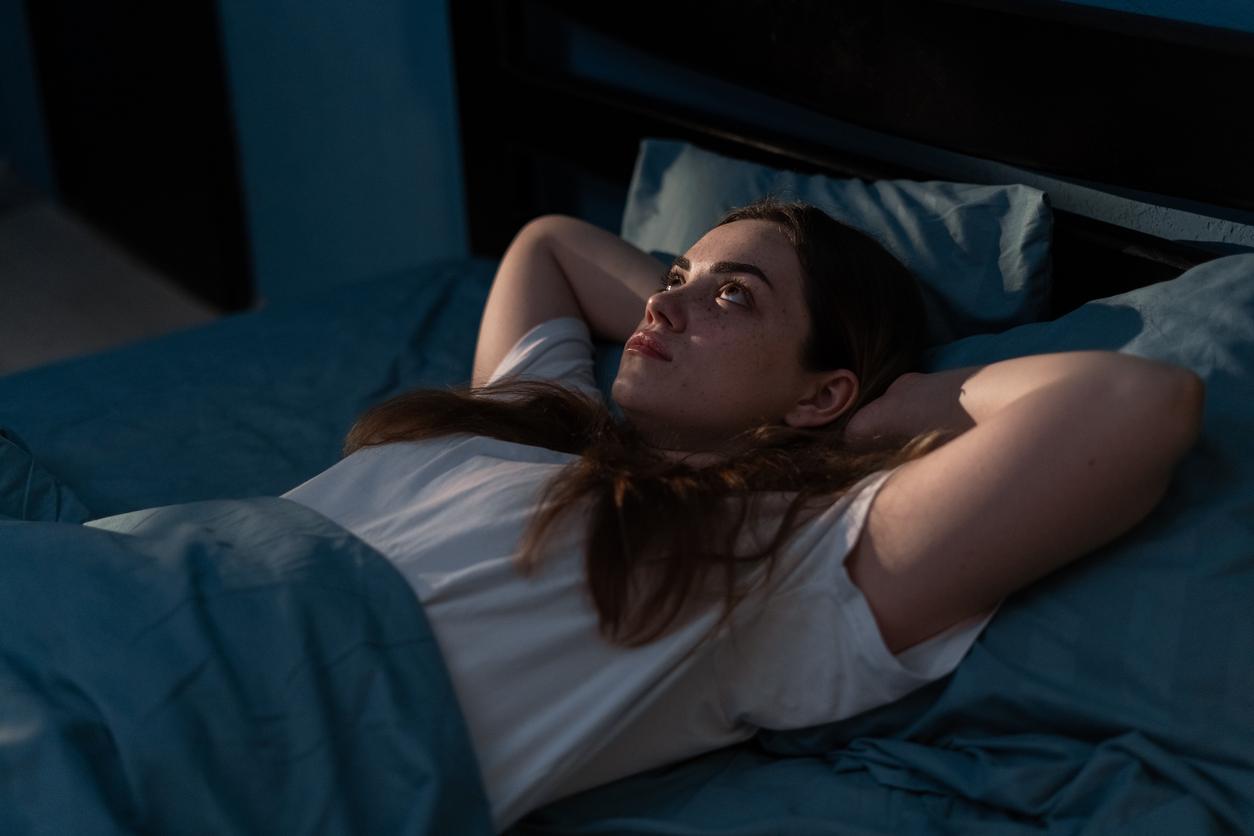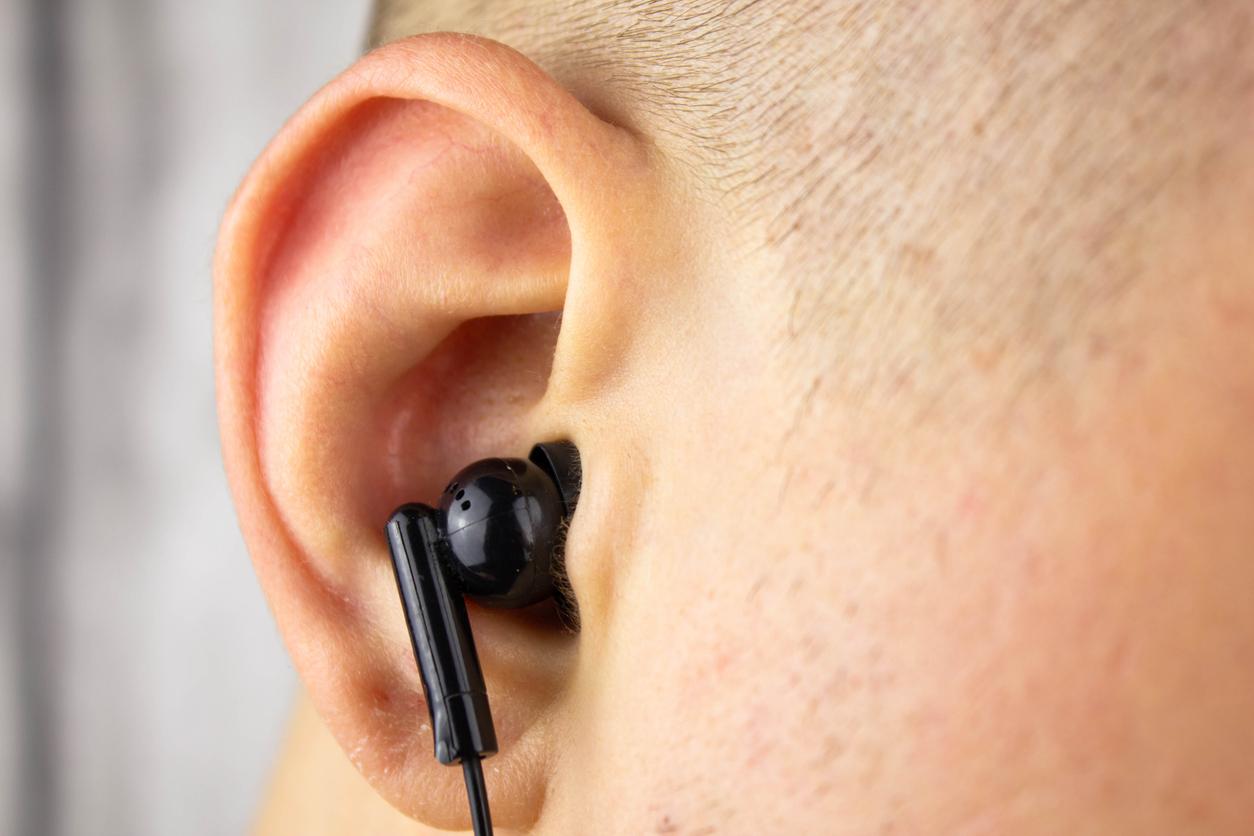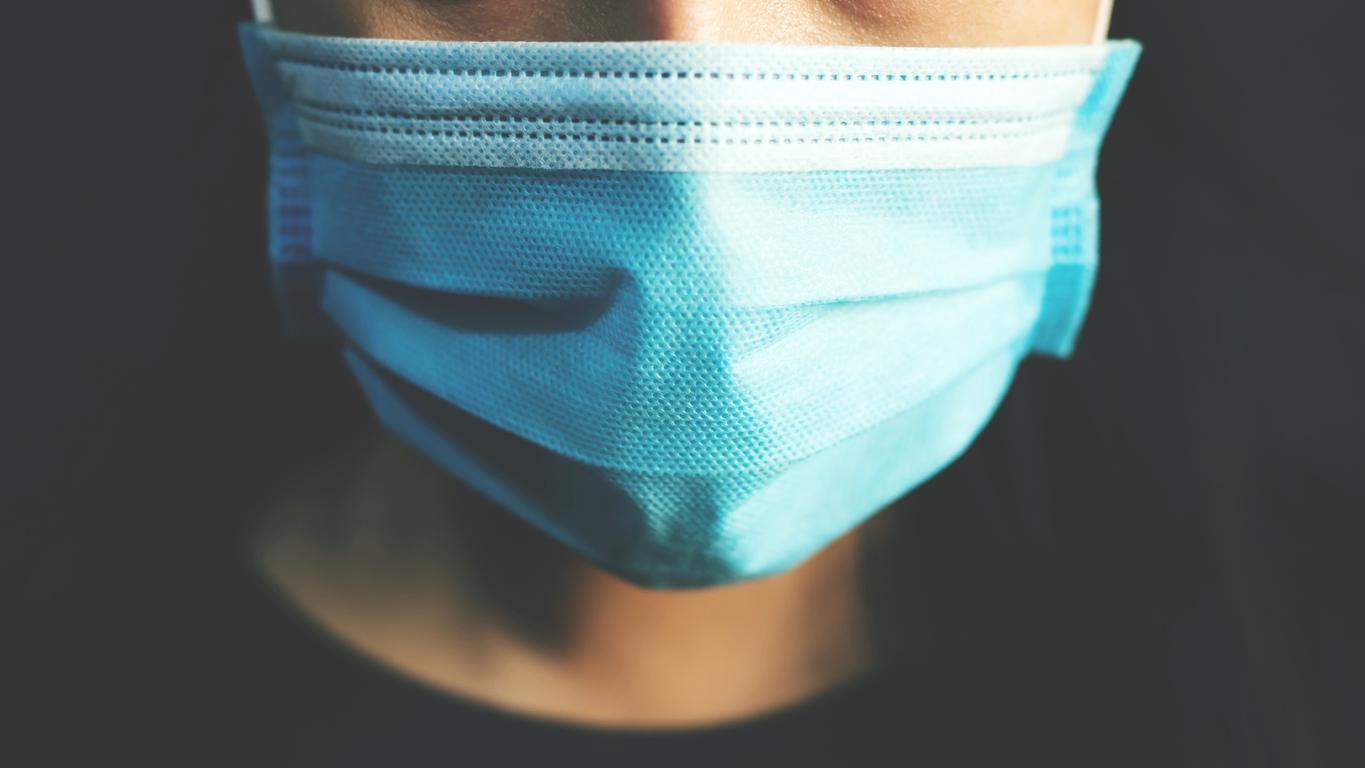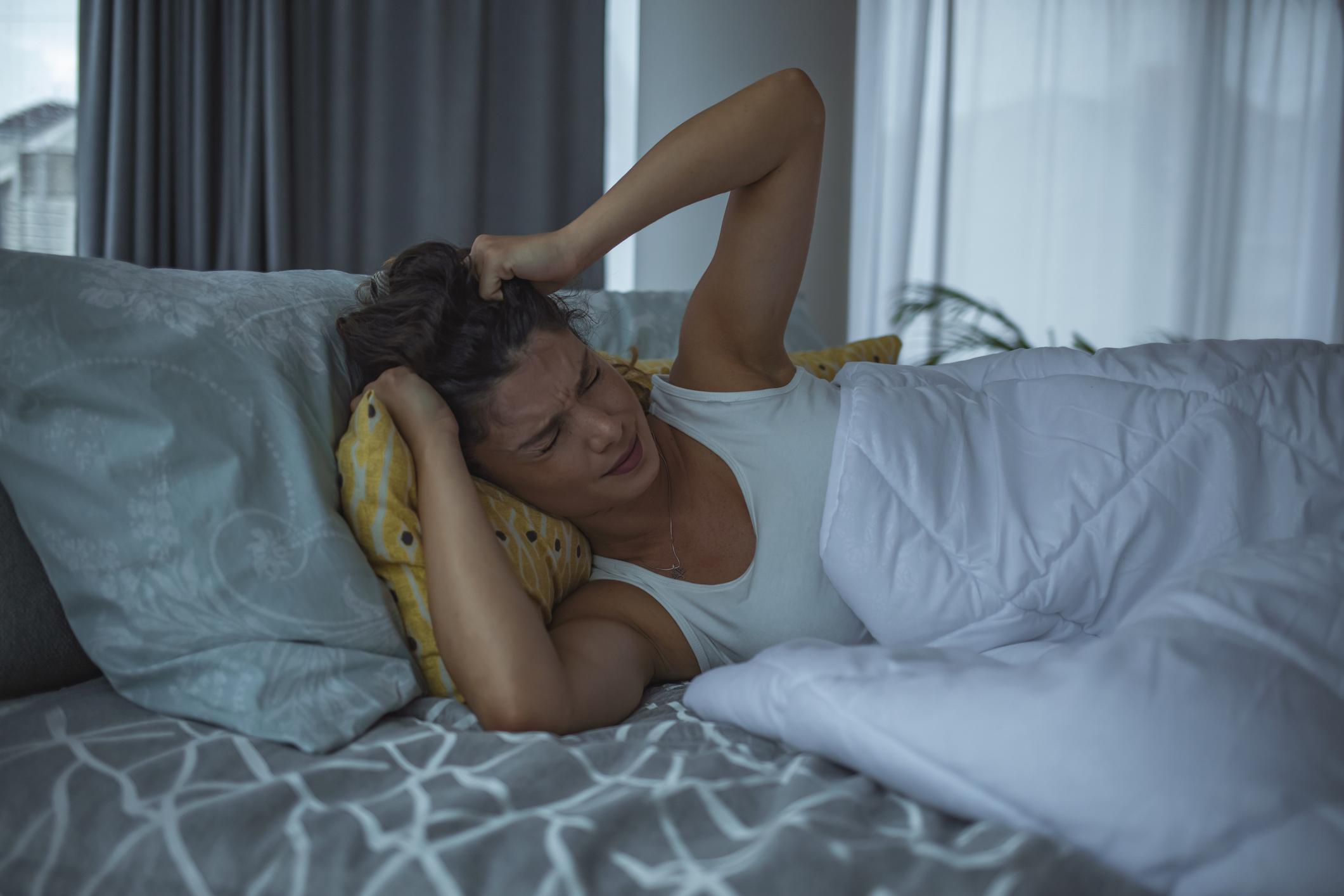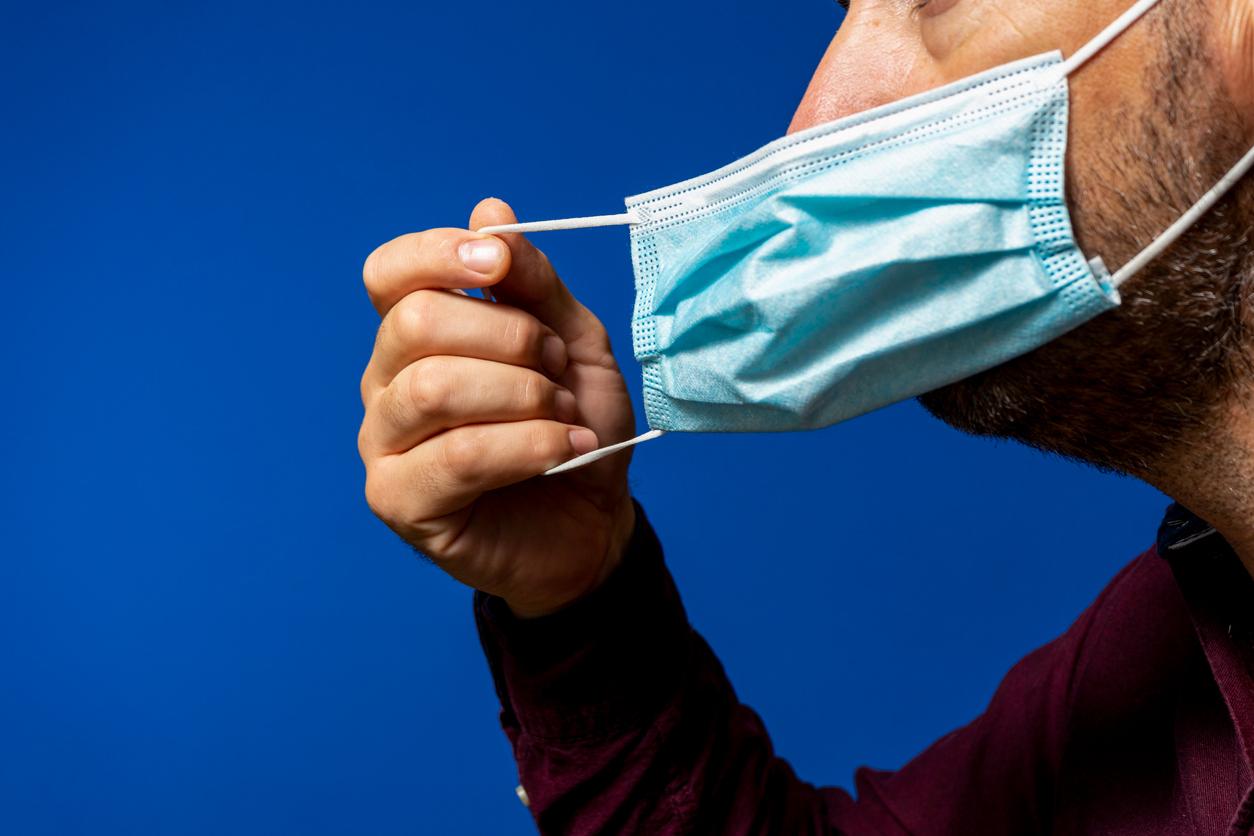One in three French people suffer from dry eyes, a phenomenon that is expanding due to the poor wearing of masks and teleworking which increases the time spent in front of screens.
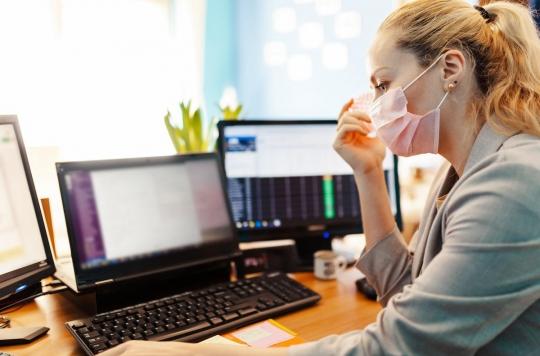
- Because of the mask, the exhaled air will rise to the top of the mask and rise to the surface of the eye and contribute to its drying out.
- Screens reduce blinking, and working from home promotes warm, less humid environments.
To stay hydrated, our eyes produce tears, made up of water, salt, sugar or even antibodies, unlike emotional tears which have a different composition. At a rate of 0.1 ml of tears per hour, they help lubricate the eyeballs and fight bacteria. This secretion is also used to filter light, air pollutants, to evacuate foreign bodies such as small dust and to prevent the eyelid from hurting when blinking.
Less blinking while working remotely
Since the beginning of the health crisis and especially since wearing a mask is compulsory, many people have complained of dry eyes when they had never encountered this gene before. This is mainly due to an incorrectly worn mask which prevents the diffusion of exhaled air to the outside. The exhaled air will rise towards the top of the mask, rise to the surface of the eye and contribute to its drying out. This phenomenon can be seen with the fog that forms on the lenses of the glasses.
Telecommuting and increased time spent in front of screens also contribute to dry eyes. The humidity conditions in housing are not the same as in offices and it is also warmer, especially with heating in winter, causing the ocular surface to dry out. This new working condition is also less conducive to breaks. According to a study conducted by the University of Iowa in 2015, the intensive use of screens would reduce the frequency of eye blinking by 66%. This is in addition to the lack of sport and the time spent outdoors which are very good for the eyes.
Solutions to prevent dry eyes
To limit eye dryness, you must start by positioning your mask correctly. This goes through the need to press it firmly against the nose to prevent air from rising towards the eyes. In front of the screens, it is recommended to take a break of 20 seconds every 20 minutes and to look further away, between 5 and 6 meters, to lubricate the eyes. A mnemonic to remember is 3X20: 20 seconds every 20 minutes looking 20 feet (6 meters). You also have to force yourself to blink regularly. The screen must be placed in front of you, not too close to the eyes and must encourage downward gaze. The light should not be too intense and it is better to avoid reflections.
In addition, it is possible to buy artificial tears which are freely available but which should not be confused with physiological saline. If it does not subside or worsens, an ophthalmologist should be consulted.
.







